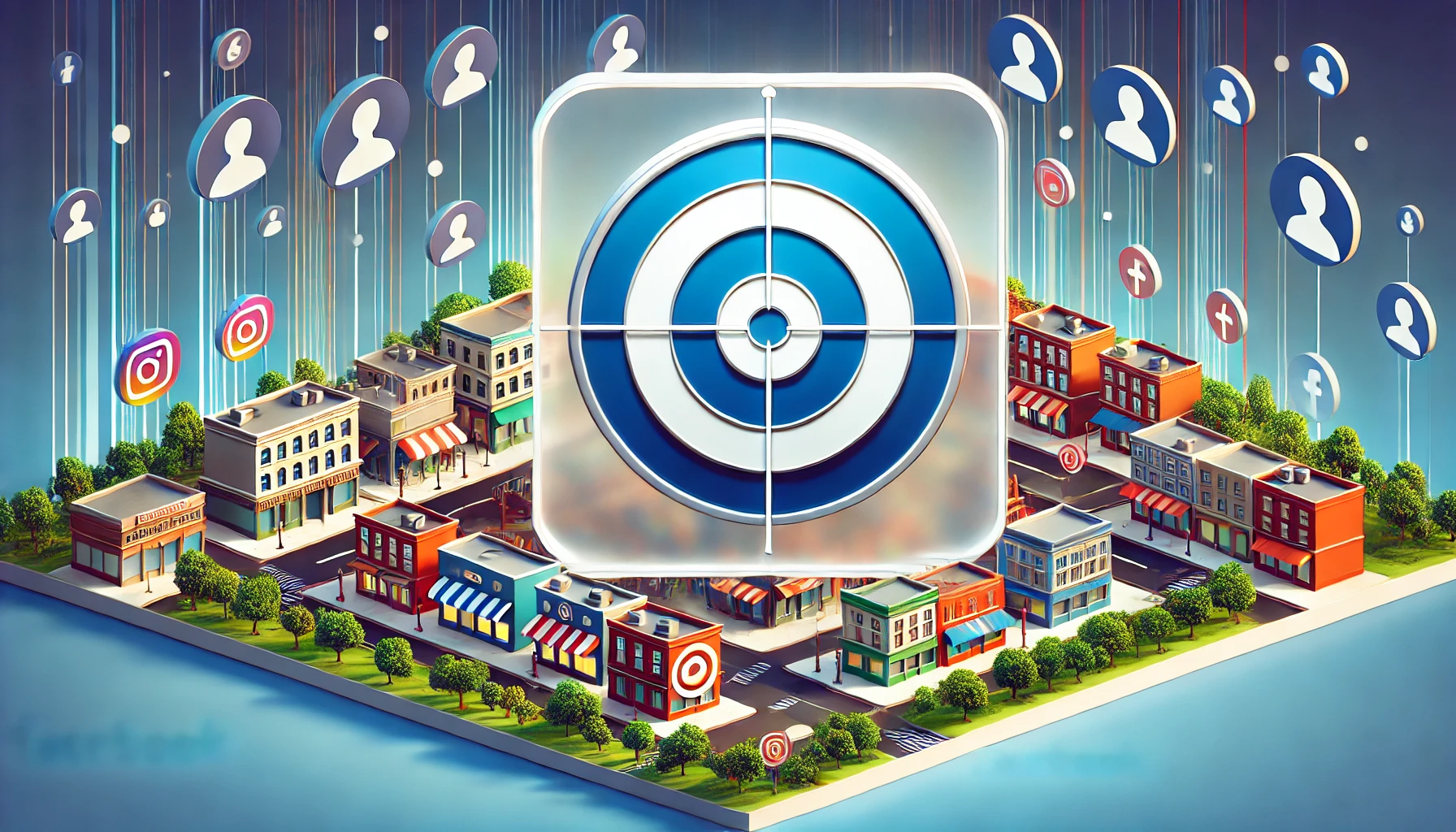Facebook Group Security: How to Protect Your Community
Running a Facebook group can be incredibly rewarding, but without proper security measures, your group could be at risk of being stolen or hijacked. Losing control of a Facebook group can result in the loss of years of hard work, engagement, and community building. This guide will walk you through essential tips to ensure your Facebook group remains secure and protected.
1. Appoint Multiple Admins (Trusted People Only)
One of the most important steps you can take is to assign multiple admins to your group. However, it’s crucial that these admins are people you trust implicitly. Having more than one admin ensures that if your account is compromised, another admin can maintain control and restore order.
Key Points:
– Choose admins who are active, engaged, and responsible.
– Limit admin privileges to those who have been part of the group for a significant time.
– Regularly review admin roles and remove inactive or untrusted admins.
2. Enable Two-Factor Authentication (2FA)
Two-factor authentication (2FA) adds an extra layer of security to your account. Even if someone obtains your password, they won’t be able to access your account without the second verification step.
How to Enable 2FA:
– Go to Facebook settings and navigate to the “Security and Login” section.
– Select “Two-Factor Authentication” and follow the prompts to activate it.
3. Manage Admin Permissions Wisely
Not all admins need full control over the group. Facebook allows you to assign different roles such as moderator, editor, or admin. Moderators can manage posts and comments but cannot make significant changes to group settings.
Best Practices:
– Assign full admin rights only to a select few.
– Use moderator roles for users who manage daily operations.
– Regularly audit permissions to ensure only trusted members have access.
4. Monitor for Suspicious Activity
Regularly check group activity to ensure there are no unauthorized changes. Suspicious activity might include changes in group name, description, or admin lists without prior discussion.
Tips:
– Set up notifications for group changes.
– Keep an eye on new admin appointments.
– Act immediately if you notice unusual behavior by reviewing logs and removing unauthorized admins.
5. How Facebook Groups Can Be Stolen
Unfortunately, Facebook group hijacking is a real threat. Here’s how it often happens:
– Phishing Scams: Admins receive fake messages or links that lead them to enter their login details on fraudulent websites.
– Compromised Admin Accounts: If an admin’s personal Facebook account is hacked, the hacker can remove other admins and take over the group.
– Insider Threats: Rogue admins can kick out the group owner and claim the group as their own.
6. Recovering a Stolen Group
If your group is hijacked, act fast:
– Report the issue to Facebook immediately through the help center.
– Ask other admins to report the group as compromised.
– Engage with your community outside Facebook to explain the situation and work on regaining control.
Conclusion
Facebook group security is essential for safeguarding your community and hard work. By implementing these measures, you can reduce the risk of losing control of your group. Remember to stay vigilant, choose your admins carefully, and regularly update your security settings.






